-
Dialysis disequilibrium
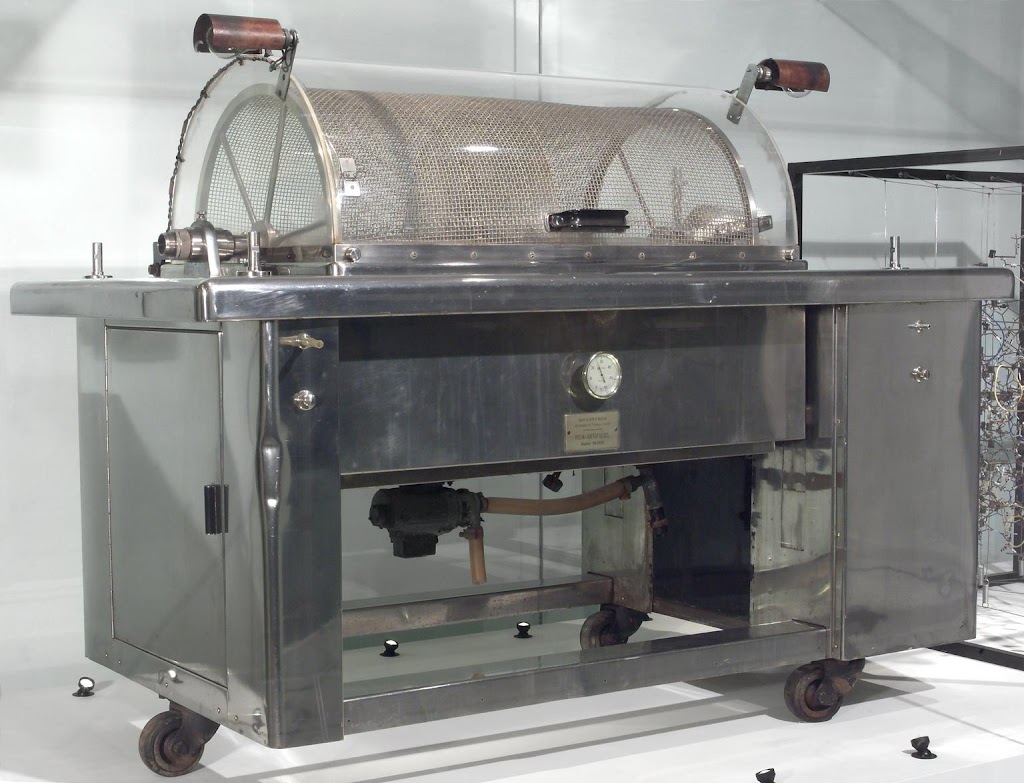
The shock of late, rapid dialysis – Glasgow, 1962 The early rotating drum dialysers had a large surface area, and because of the difficulties of doing each dialysis, coupled with the need for one-off vascular access each time until the Scribner shunt came into use, intervention was late, and dialysis sessions were infrequent and long.…
-
High blood pressure becomes treatable
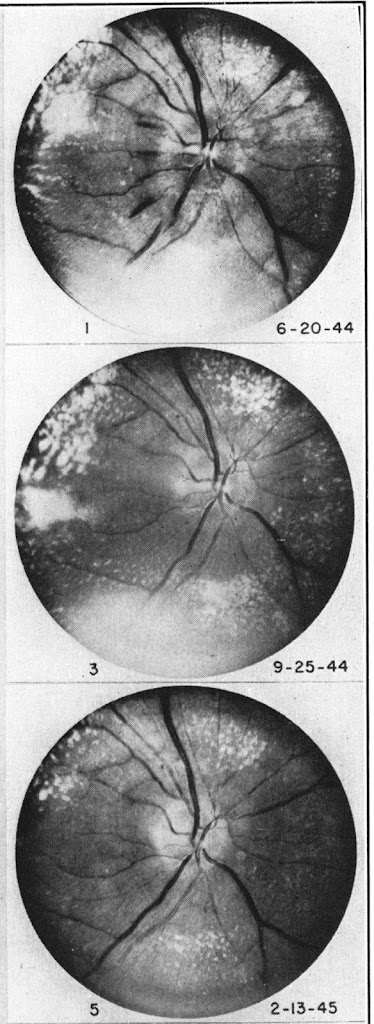
The first unequivocally useful drug, 1964Robust and practical sphygmomanometers (mercury and aneroid) became available in the early 1900s, but regular recording of blood pressure did not become widely routine until the 1920s and 30s. Until then, palpating the pulse offered the only insight, except that ophthalmoscopy could show severe hypertensive retinal changes, neuro-retinitis albuminurica (Figure).…
-
Renal biopsy becomes mainstream, 1954

Detail at last Ambrose Tardieu for Pierre Rayer (1840) (Wellcome Images V0009820ER) For most of the first 100 years of modern nephrology, appearance by eye at autopsy was the closest you could get to seeing the structural detail of kidney disease. But between 1830 and 1870 there were key technical improvements in the quality of…
-
Nephrotic syndrome starts at the glomerulus

The salamander kidney gives the final proof in 1938 A spotted salamander (Wikimedia Commons, see below) It was only in the 1930s that mainstream opinion accepted that the glomerulus was the problem in nephrotic syndrome – surprisingly late. But then it was only in 1924 that it was finally proven that the glomerulus is a…
-
Bright’s disease 100y after Bright
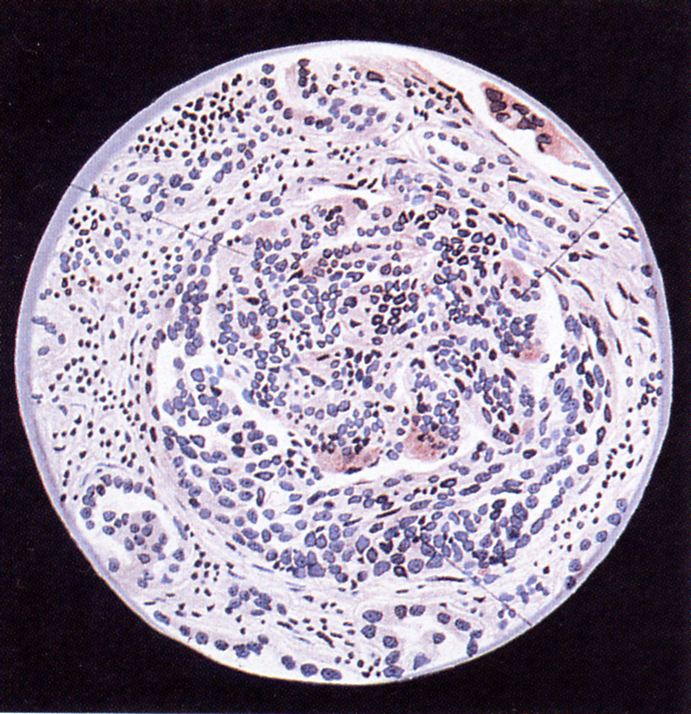
The last decade of purely clinical observation Acute glomerulonephritis with crescent formation – Volhard and Fahr 1914(one of the last renal pathology works with artwork rather than photographs) Arthur Ellis’s 1942 articles on Bright’s Disease summarised a truly impressive 20 year systematic recording of 600 patients with kidney disease at the London Hospital, followed up…
-
The glomerulus is a filter
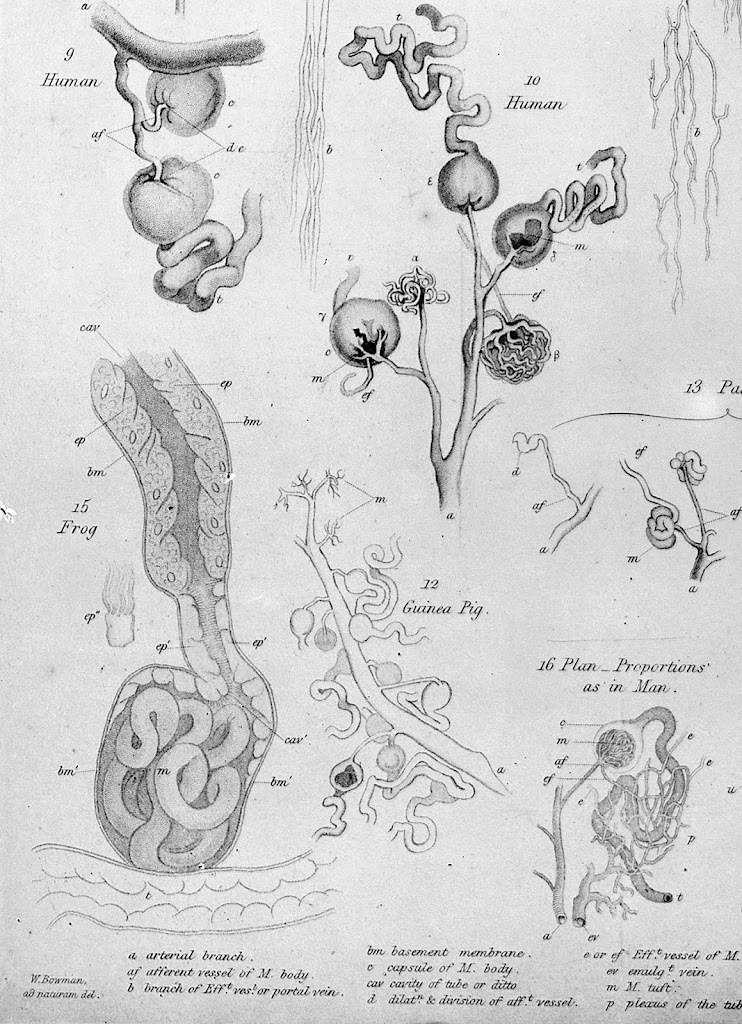
Physiologists resolve an anatomical impasse, 1924 Illustrations of Malpighian bodies, from Bowman 1842, Philosophical Transactions 132: 57-80 (p78). Wellcome Library (M0011305) – Creative Commons licence Malpighi spots glomeruli, 1666The first microscopes emerged in the Netherlands in the 1600s, early discoveries being associated with Antonie van Leeuwenhoek in the Netherlands, Robert Hooke in England, and Marcello…
-
The doctor’s bag circa 1910
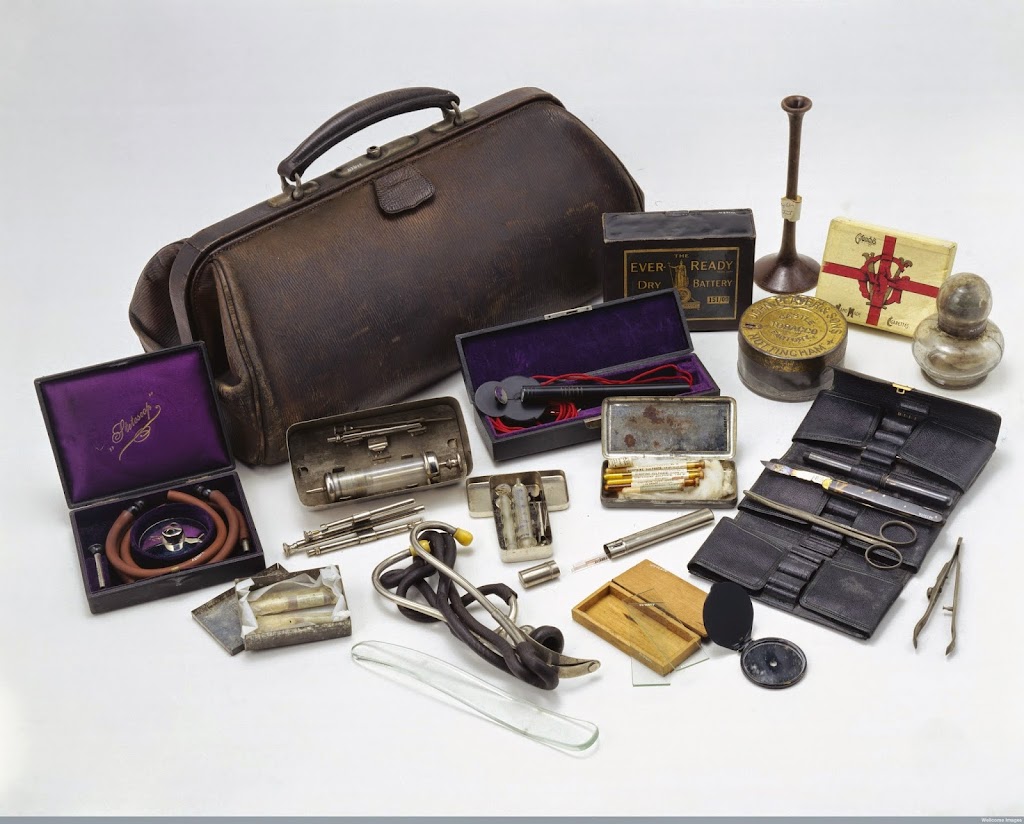
This doctor’s bag is in the London Science Museum. Though dated 1890-1930 much of its contents look very early 20th century. What it doesn’t contain is significant. It belonged to John Hill Abram (1863-1933), a Liverpool physician who later became Professor of Medicine. He was also president of the Association of Physicians in 1928 –…
-
Monkey glands and the science of renal hypertension
Quack medicine and technology contributed to the discovery of Renin in 1898 A 1928 advert exploiting the Monkey Gland craze. Source In 1889 the renowned scientist Brown-Sequard at the age of 72 publicly recounted how how he felt rejuvenated after injecting himself with extracts of animal testis. This led to an extraordinary wave of quack…
-
The invention of the dipstick
Test papers to dipsticks in 72 years The SSA test came first. From Cornell Vet School, with permission* For urinary protein detection the basic chemistry was established in the late 1700s, and until the late 1950s the standard test was still based on acidification and/or heating of urine to precipitate protein. Carrying bottles of acid…
-
Proteinuria: a bad thing since 400 B.C.
Indicates risk of renal failure and death Isaac Sarrabat 1600; Physician examining a urine flask. (US National Library of Medicine) Hippocrates (400 B.C.) described bubbles on the surface of the urine as indicating kidney disease and a long illness. Inspection of the urine (uroscopy, Fig 1) was a major part of the art of the…